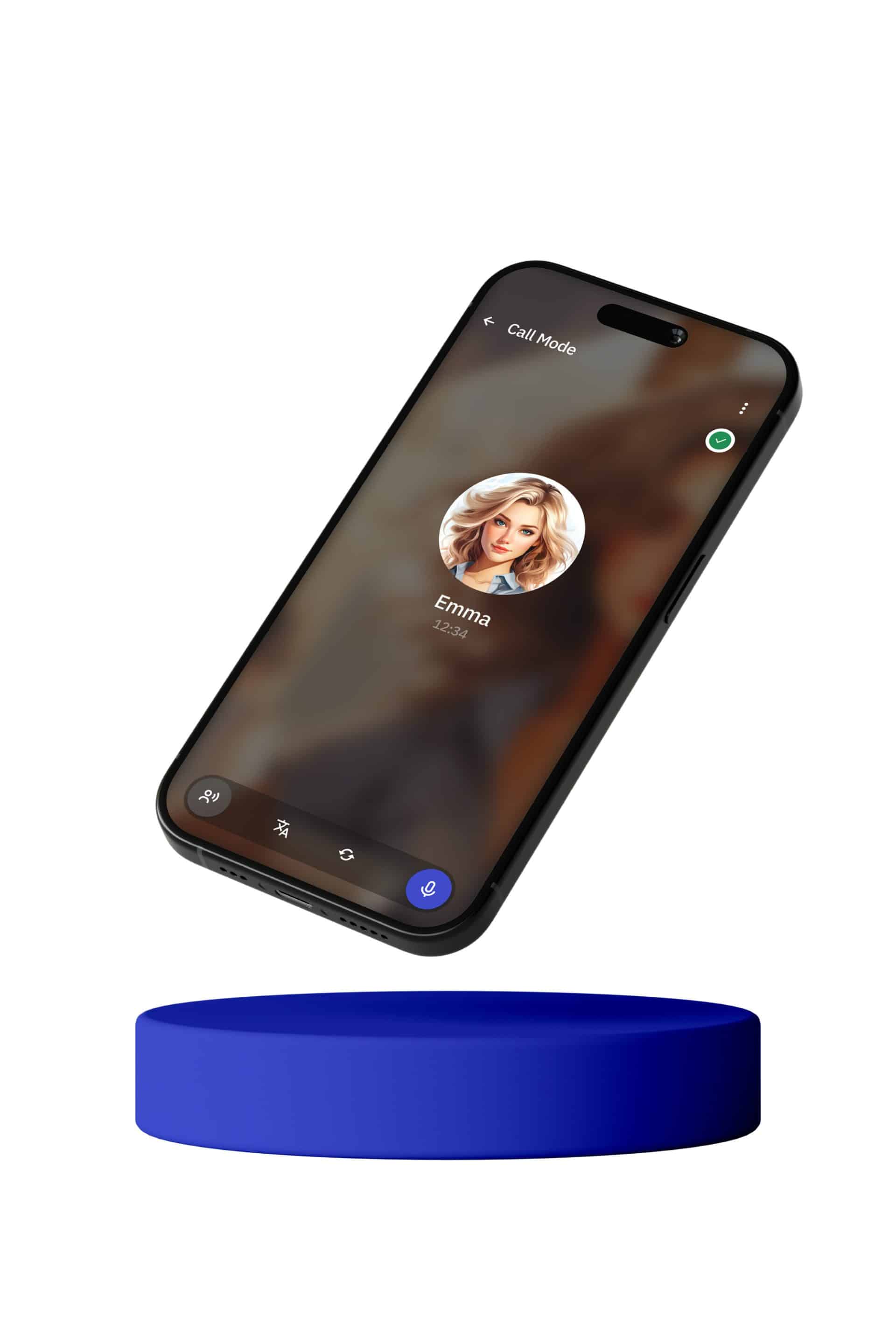In English, the words farther and further are often used interchangeably by many speakers, but there are distinct differences between the two. Understanding when to use farther versus further can significantly enhance the precision of your language. This article will elucidate the nuanced distinctions between these two words, focusing on their use in denoting physical distance and additional extent.
First, let’s delve into farther. The word farther is primarily used to indicate physical distance. When you want to describe how much more distance you need to cover or have covered, farther is the appropriate choice. For instance, if you are talking about a road trip, you might say, “We have to drive 50 miles farther to reach our destination.” Here, farther directly refers to the measurable physical distance remaining in the journey.
On the other hand, further is generally used to indicate a figurative or abstract extension. This could mean more in-depth information, additional time, or an increase in degree or extent. For example, if you’re discussing a project, you might say, “We need to look further into the details to understand the full scope.” In this context, further is not about physical distance but about delving deeper into the subject matter.
To cement your understanding, consider the following sentences:
1. We walked farther than we had planned, covering an additional 5 miles.
2. We need to discuss this issue further to reach a conclusion.
In the first sentence, farther is used to indicate the actual physical distance walked. In the second sentence, further is used to suggest that more discussion is needed, referring to an extension in the conversation rather than physical space.
Historically, the distinction between farther and further was more rigid. Farther was strictly for physical distances, while further was used for figurative or metaphorical extensions. However, modern usage has seen these lines blur, with many people using further for both contexts. Despite this trend, adhering to the traditional rules can enhance clarity and precision in your writing and speech.
Let’s explore more examples to clarify this distinction further:
– She moved her chair farther from the fire to avoid the heat. (Physical distance)
– The committee will need to investigate further before making a decision. (Additional extent or depth)
In formal writing, maintaining this distinction is particularly important. For instance, in academic papers or professional reports, using farther for physical distances and further for additional or abstract extensions can make your arguments more precise and your points clearer.
Another key point to consider is that further can also function as a verb, whereas farther cannot. When used as a verb, further means to advance or promote the progress of something. For example, “He worked hard to further his career.” In this sentence, further is used as a verb meaning to advance or promote.
To help remember the difference, consider the mnemonic: Farther has “far” in it, and it deals with how far you go in terms of distance. Further, lacking that “a,” deals with additional depth or degree, as in “furthermore” or “to further one’s knowledge.”
Let’s examine a few more sentences to reinforce this distinction:
– The treasure was buried farther down the beach than we expected. (Physical distance)
– To further complicate matters, the weather turned stormy. (Additional complexity)
Understanding these differences is not merely about adhering to grammar rules; it’s also about effective communication. Using the correct term ensures that your audience comprehends your message as intended, without any ambiguity.
It’s also worth noting that while the distinction between farther and further can enhance clarity, context often makes the intended meaning clear even when the words are used interchangeably. For instance, in casual conversation, saying “We need to walk further” is unlikely to cause confusion, even if “farther” would be more precise.
However, in professional, academic, or detailed written communication, precision is key. Using farther for physical distances and further for additional extents or abstract notions will make your language more precise and your communication more effective.
To summarize:
– Use farther when referring to physical distances.
– Use further for additional or metaphorical extents.
– Remember that further can also be used as a verb meaning to advance or promote.
Practicing these distinctions in your writing and speech can refine your English and make your communication clearer and more professional. While everyday language may tolerate some flexibility, mastering these differences is a mark of advanced proficiency and attention to detail in the English language. By consistently applying these rules, you’ll not only improve your own language skills but also set an example for others in maintaining the richness and precision of English.







